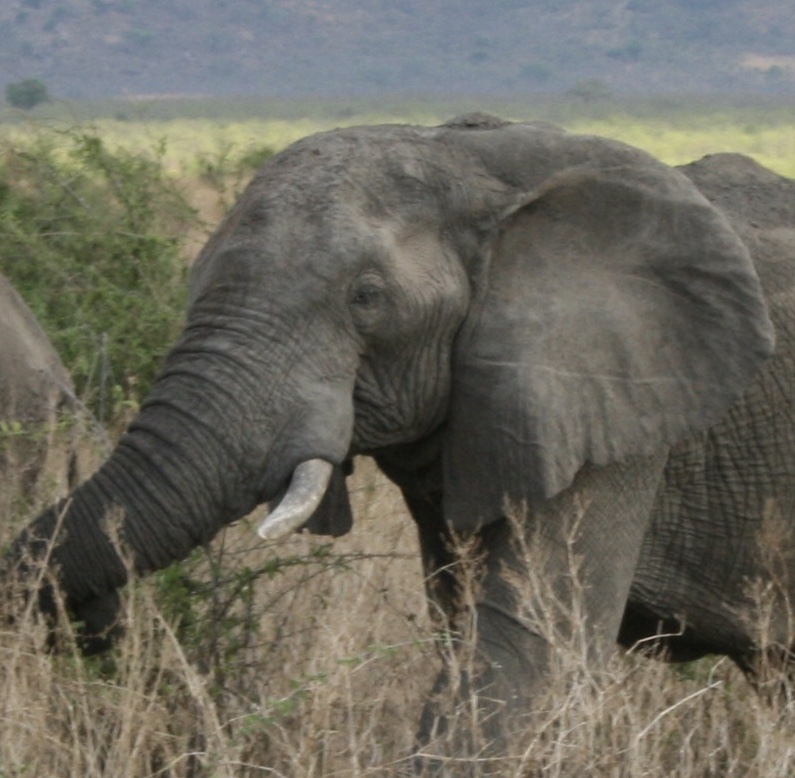Demo 3 :: Competition
Visualizing competition isoclines and dynamics
Below is a code block where the Lotka Volterra competition system is simulated. The main plot will show the \(N_1\) (red) and \(N_2\) (blue) isoclines, as well as the starting point and trajectory of the \(N_1\) and \(N_2\) populations over time (green circle and line, respectively). On the top right inset is a plot of the two \(N_1\) and \(N_2\) population sizes plotted over time. Make sure that you understand how the isoclines determine the flow and direct how the combined trajectories of \(N_1\) and \(N_2\) (green) change over time, and how this corresponds to the population sizes shown in the inset.
library(RColorBrewer)
library(deSolve)
pal = brewer.pal(3,'Set1')
# Define the Rates function
comp.flow = function(r1,r2,alpha,beta,K1,K2,N1start,N2start,tmax) {
# LV.comp = function(r1,r2,alpha,beta,K1,K2,N1start,N2start,tmax) {
yini = c(N1 = N1start,N2 = N2start)
fmap = function (t, y, parms) {
with(as.list(y), {
dN1 <- r1*y[1]*(1 - (y[1] + alpha*y[2])/K1)
dN2 <- r2*y[2]*(1 - (y[2] + beta*y[1])/K2)
list(c(dN1,dN2))
})
}
times <- seq(from = 0, to = tmax, by = 0.1)
out <- ode(y = yini, times = times, func = fmap, parms = NULL)
N1traj = out[,2];
N2traj = out[,3];
timeline = out[,1];
N1end = tail(N1traj,n=1)
N2end = tail(N2traj,n=1)
maxtraj = max(c(N1traj,N2traj));
N1size = seq(0,maxtraj*1.2);
N2size = seq(0,maxtraj*1.2);
n1_isocline = K1/alpha - N1size/alpha;
n2_isocline = K2 - beta*N1size;
par(fig = c(0,1,0,1))
plot(N1size,n1_isocline,type='l',lwd=2,col=pal[1],xlim=c(0,maxtraj*1.2),ylim = c(0,maxtraj*1.2),xlab='N1 population',ylab='N2 population',lty=2)
lines(N1size,n2_isocline,lwd=2,col=pal[2],lty=2)
points(N1start,N2start,pch=16,cex=2,col=pal[3])
lines(N1traj,N2traj,col=pal[3],lwd=2)
points(N1end,N2end,pch=8,cex=2,col=pal[3])
legend(0,maxtraj*1.2,c('N1 isocline','N2 isocline'),pch=16,col=pal)
par(fig = c(0.5,1, 0.5, 1), new = T)
plot(timeline,N1traj,type='l',col=pal[1],xlab='Time',ylab='Pop. size',lwd=2,ylim = c(0,maxtraj))
lines(timeline,N2traj,type='l',col=pal[2],lwd=2,)
}
# Plug in parameter values and run
comp.flow(r1 = 0.2, r2 = 0.1, alpha = 2, beta = 0.5, K1 = 120, K2 = 80, N1start = 20, N2start = 10, tmax = 500)
Here are some parameter combinations to try out. Practice interpreting how knowledge of the isoclines directs our understanding of what the population trajectories will be. By observing how the isocline intercepts change (i.e. which isocline is higher or lower along the x- and y-axis) try sketching out the flow on paper, and confirm that the flow accurately predicts what occurs with the trajectories of \(N_1\) and \(N_2\).
For each example, try running it with different initial population starting points N1start and N2start to get a sense how the isoclines direct flow initiated at different population sizes of each competitor species.
comp.flow(r1 = 0.2, r2 = 0.1, alpha = 2, beta = 0.5, K1 = 120, K2 = 80, N1start = 20, N2start = 10, tmax = 500)comp.flow(r1 = 0.2, r2 = 0.1, alpha = 2, beta = 0.5, K1 = 150, K2 = 50, N1start = 20, N2start = 10, tmax = 500)comp.flow(r1 = 0.2, r2 = 0.1, alpha = 2, beta = 2, K1 = 120, K2 = 80, N1start = 5, N2start = 45, tmax = 500)comp.flow(r1 = 0.2, r2 = 0.1, alpha = 2, beta = 2, K1 = 120, K2 = 80, N1start = 20, N2start = 10, tmax = 500)comp.flow(r1 = 0.2, r2 = 0.1, alpha = 0.5, beta = 1, K1 = 30, K2 = 40, N1start = 5, N2start = 45, tmax = 500)comp.flow(r1 = 0.2, r2 = 0.1, alpha = 0.5, beta = 1, K1 = 30, K2 = 40, N1start = 20, N2start = 40, tmax = 500)comp.flow(r1 = 0.2, r2 = 0.1, alpha = 0.5, beta = 1, K1 = 30, K2 = 40, N1start = 50, N2start = 20, tmax = 500)
